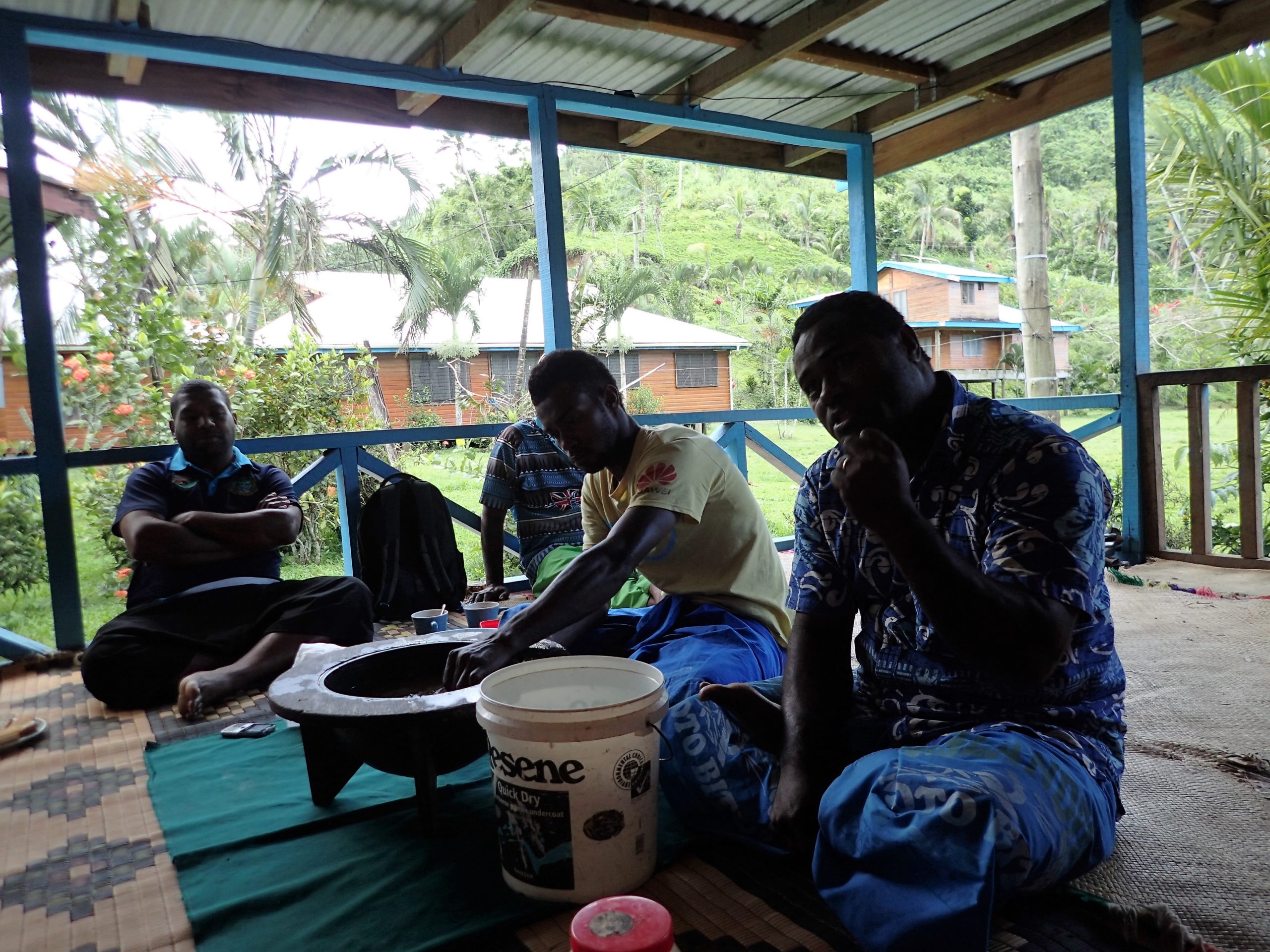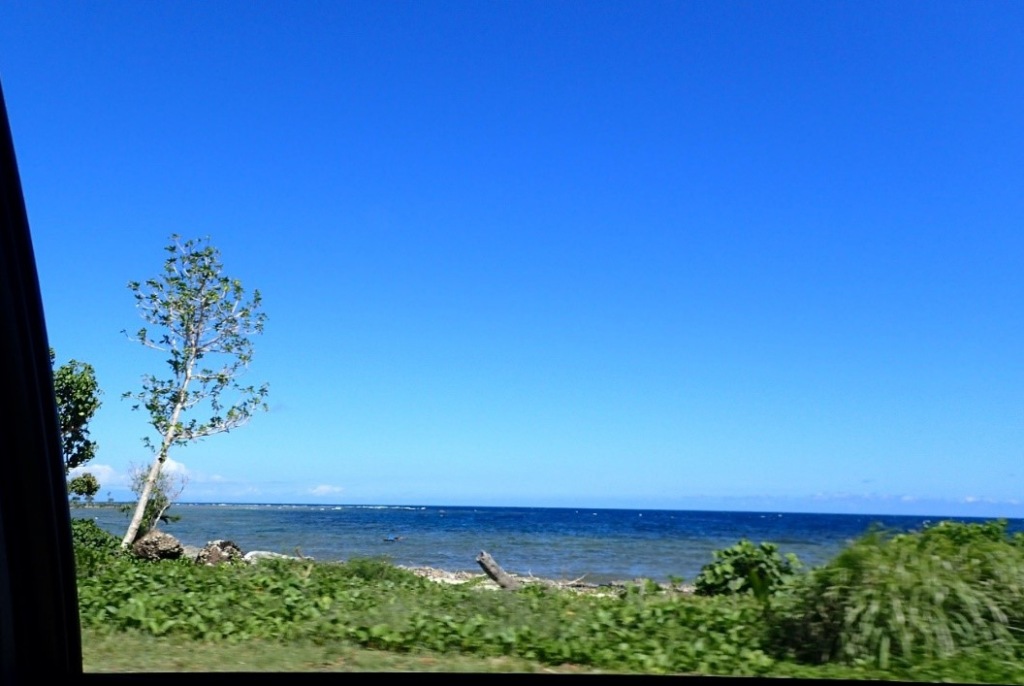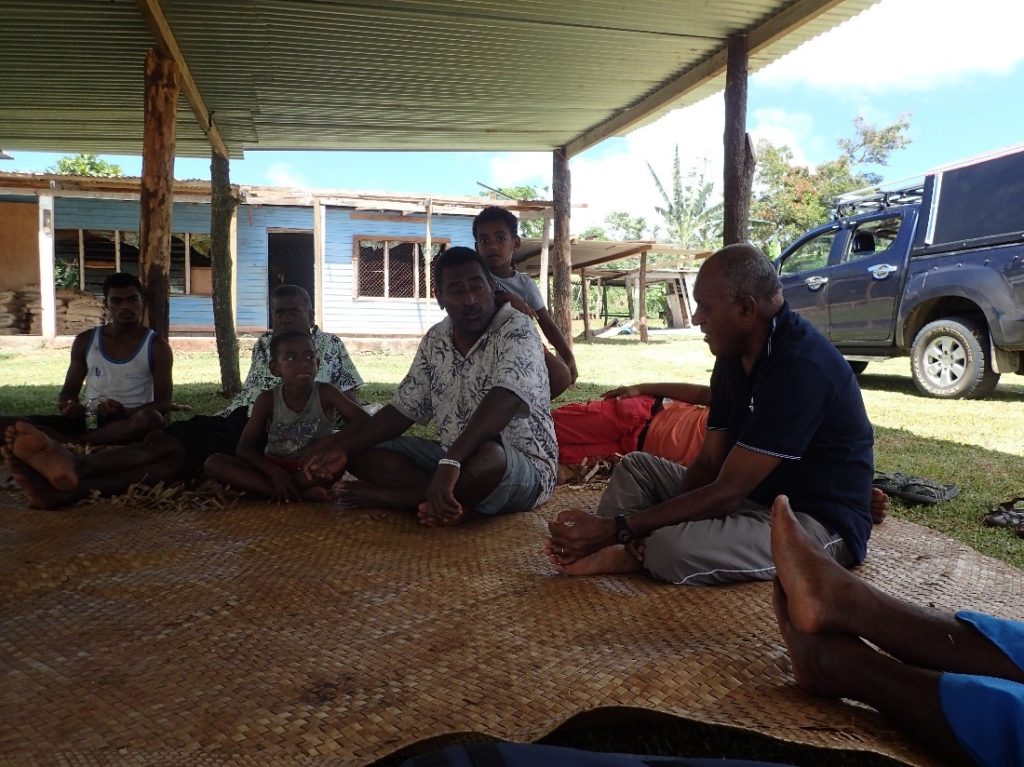It’s a hot, humid day and I’m visiting the village of Waivunia on the island of Vanua Levu in Fiji. I’m sitting around a kava bowl with community elders, and we are discussing how to protect and conserve their marine resources. You see, this community depends on coral reefs, but the reefs are facing mounting threats. The elders are concerned: they want to ensure there are fish in the sea for their grandchildren and great grandchildren.
I am here, in Fiji, as part of my work with the Coral Reef Alliance (CORAL), and at the request of communities who have asked us to help them create effective and durable approaches to coral conservation. I am here to help save coral reefs.

CORAL has worked in Fiji for the past 15 years. We’ve worked closely with the resource management committee in the Kubulau district—also known as the KRMC. The Kubulau community has traditional ownership of the Namena Marine Reserve—one of the largest tabu (no take) areas in Fiji. Through training and micro-grants, we have helped the KRMC increase its management capacity, including establishing a voluntary fee program for visitors. In 2015, the community raised more than $20,000 to support the Namena Marine Reserve, community infrastructure projects and scholarship programs that have benefitted more than 170 students.
Over the last decade, we have seen the community’s capacity and autonomy grow. This was proven in February during the aftermath of Tropical Cyclone Winston—a category 5 storm that passed directly over Kubulau. Following the storm, KRMC had the resources they needed to start the recovery process without opening their tabu area to fishing. By not using their marine resources, the community is helping the reef recover from the storm. (You can read more about KRMC’s post-Winston efforts here.)

CORAL continues to play an important role in Kubulau and we have been pursuing ways to share our knowledge with other communities. This work bolsters efforts by the Fijian government to include 30 percent of its ocean in marine protected areas (MPAs) by 2020.
Our work has paid off. We are thrilled to announce that thanks to a grant awarded by the U.S. Department of State we will expand our work to Cakaudrove, Ra and Lau provinces.
In fact, we’ve already begun, and during my recent visit, I met with elders and community members from these provinces. What I learned is that each community approaches conservation in a different way.

There is a unique opportunity in Waivunia. The elders are working with the government to launch a new nearshore management zoning pilot project. The project will identify different use zones in the marine environment such as fishing, tabu, and tourism. If successful, this approach could be rolled out to other communities across the country.
Ra is situated across the Bligh Passage from Namena Marine Reserve and many of its communities were hit hard by tropical cyclone Winston. In Ra, a number of governmental and non-governmental initiatives are underway to help improve management of marine protected areas.
Oneta is 200 miles across open ocean from Fiji’s capital Suva. Part of the Lau province, this island is less than three miles long and is surrounded by an atoll of reefs. Conservation in Lau is more localized; many communities have established tabu areas through traditional agreements and with little outside support. The community on Oneata reached out to Fiji’s Provincial Conservation Officer from the iTaukei Affairs Board for help. They connected the community to CORAL.
Together with partners, we will help these communities strengthen their approaches to conservation. Through training in topics like fisheries enforcement and financial administration, we will build the capacity of local communities to effectively manage their resources. We will use what we’ve learned from our work in Kubulau as the basis for building a network of effectively managed areas in Fiji.
I look forward to my next visit to Fiji, to sitting down with community leaders to drink kava and talk about how we can save reefs. We look forward to once again sharing what we learn so that our collective successes can guide and shape conservation work across the entire region.
We can save coral reefs for the children of today and tomorrow.